Keeno shows you how to create an emotional orchestral DnB sequence
Set emotions to stunned as the Med School protege programs a lush orchestral DnB passage
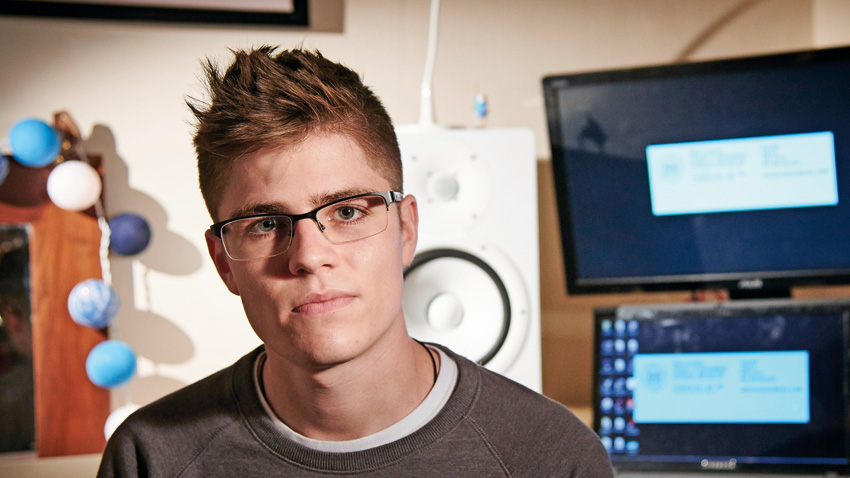
Fresh-faced DnB upstart Keeno - aka Will Keen - entered the scene with emotional tracks on Liquid Tones and Med School, so we were - ahem - keen to hook up with the prodigious producer and have him create us a heart-melting orchestral passage. But what is it about strings and things that beguiles the young producer so?
Where does your fascination with orchestral sounds come from?
"It started when I was younger. I was a chorister, which immediately exposed me to six hours of classical music a day, more or less! For ten years, I was surrounded in every aspect of it, from singing to piano."
How did you learn how to compose?
"I guess I was taught the tools of how to write music down, and then it happened naturally. The first piece of music I ever wrote down was at age five. I may even still have it somewhere, but I don't think it had any bar lines! I was taught how to arrange orchestral sounds by my piano teacher. He realised that I wasn't destined to become a concert pianist, and his knowledge of orchestration and composition was invaluable."
What made you choose EastWest Quantum Leap for your orchestral sounds?
"It was the only high-quality orchestral VST library I could afford three years ago. I really want 8Dio's products - they're the daddy of all other sample libraries, but their full library is nearly $10,000. So it was a choice between that, a studio, or a car. I chose the studio, which I'll be making myself over the next seven months."
Get the MusicRadar Newsletter
Want all the hottest music and gear news, reviews, deals, features and more, direct to your inbox? Sign up here.
We've heard you don't like to use ensemble patches - how come?
"They tend to sound more 'plastic' and fake. Additionally, using solo patches gives you a lot more freedom with the expression of each individual voice."
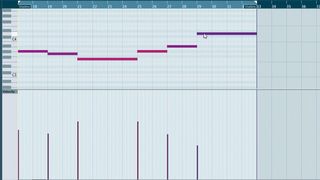
Step 1: Will employs EastWest Quantum Leap Symphonic Orchestra to create his orchestral parts, and prefers to use individual sounds rather than ensembles, as he feels they sound more realistic and make it easier to control the overall dynamics. His melody moves by stepwise motion (in tones or semitones) to create a 'voice leading' effect, which helps give the individual parts a melodic feel.
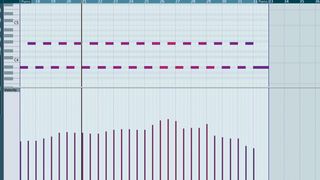
Step 2: The piano sound is provided by EastWest Quantum Leap Pianos (like Symphonic Orchestra, this can be had via EastWest's Composer Cloud subscription service, if you'd rather not buy it outright), which Will likes for its warm sound. The velocities of each note are varied to ensure the volume level doesn't sound artificially consistent, and to give each note a slightly different timbre.
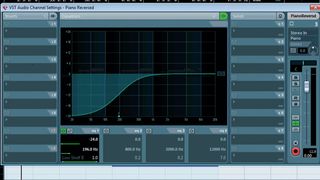
Step 3: A trick Will uses on several of his tracks is taking a bounced, reversed piano sound to create a sense of forward momentum. In this case, he adds it to the middle of the phrase and uses a high-pass filter in Cubase's Channel EQ to take out the sound of the hammer hitting the strings.
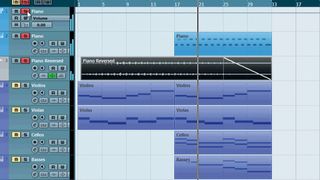
Step 4: Will creates two busses: one for the piano channels and one for the string channel, which includes violins, violas, cellos and basses. The string sounds aren't processed too heavily, so they retain their natural feel. However, reverb does play an important part…
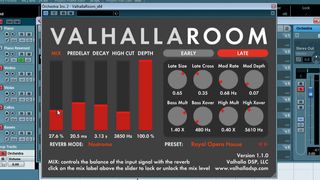
Step 5: ValhallaDSP's ValhallaRoom - specifically, its Den preset category - is Will's favourite reverb for this sort of task. He inserts the plugin onto the strings bus and loads up the Royal Opera House patch, setting the Mix level to a fairly high 27.6%, and bringing up the frequency of the High Cut fader to make the sound more full.
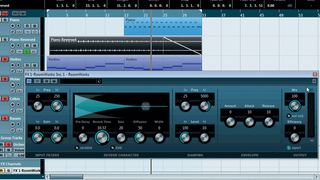
Step 6: To get more air in his strings, Will adds another reverb via a send - in this case, Cubase's RoomWorks - and sets the Mix level to 100% wet. He then turns up the Reverb Time to a lengthy 10.57 seconds, and sets the Pre-Delay, Width and Efficiency to 0.
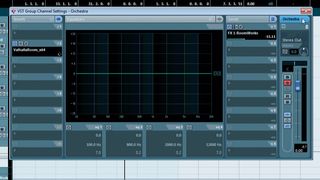
Step 7: Will turns up the send level of the string bus to the RoomWorks effect channel. As RoomWorks' Width is set to 0, its output is mono. With both the stereo ValhallaRoom and mono RoomWorks reverbs on them, the reverb will sound full even on larger systems where the stereo image is often compromised, or even totally mono.
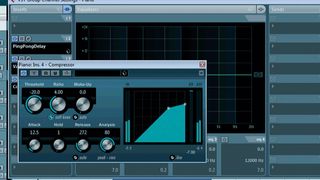
Step 8: Cubase's PingPongDelay is added as an insert on the piano bus, with a Mix setting of 35 and a 1/2 D Delay, providing a counterpoint to the piano's rhythm. ValhallaRoom is added after the delay; Will loads up its BigSnareRoom patch and turns the Decay up to 8.43 seconds. Cubase's compressor is added after the reverb to give the signal a more consistent volume level.
Full bounce
Don't missComputer Music's massive, star-studdedDrum 'n' Bass Track Builder tutorial in issue 223, which is on sale now.
Computer Music magazine is the world’s best selling publication dedicated solely to making great music with your Mac or PC computer. Each issue it brings its lucky readers the best in cutting-edge tutorials, need-to-know, expert software reviews and even all the tools you actually need to make great music today, courtesy of our legendary CM Plugin Suite.

"If I wasn't recording albums every month, multiple albums, and I wasn't playing on everyone's songs, I wouldn't need any of this”: Travis Barker reveals his production tricks and gear in a new studio tour

“My management and agent have always tried to cover my back on the road”: Neil Young just axed premium gig tickets following advice from The Cure’s Robert Smith











